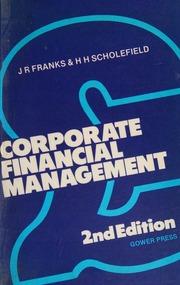Question
Choose three companies in three different industries, go to Yahoo Finance and download the monthly adjusted closing prices of the three companies in your portfolio
Choose three companies in three different industries, go to Yahoo Finance and download the monthly adjusted closing prices of the three companies in your portfolio and the S&P 500 index, for the period September 2019 to September 2022.
1) Calculate the return for each month for each of the four assets. Calculate the average return, standard deviation of returns, and variance of returns for each four assets. What is the covariance and correlation between the returns of stock 1 and stock 2? Stock 1 and stock 3? Stock 1 and S&P 500? Stock 2 and stock 3... etc.? Calculate the correlation and covariance for each pair of your stocks.
2) Graph the returns of the stock you choose against the returns of the S&P 500 (refer to Chapter 11 scatter plot). You should plot three graphs for three stocks you choose. Interpret the graphs.
Next, go to the Federal Reserve Bank of St. Louis at https://www.stlouisfed.org/ and find the FRED database there. Look for the 1-Month Treasury Constant Maturity Rate and download the data. This series will be the proxy for the risk-free rate. When using this rate, you should be aware that this interest rate is the annualized interest rate. Because we are using monthly stock returns, you will need to adjust the 1-month T-bill rate.
3) Estimate the stock beta using the formula for beta. We use S&P 500 as market return. You should estimate the beta for each of your stock. Compare your beta estimates with the company beta you find on Yahoo Finance. Are they similar?
= Cov(Ri, RM ) = (Ri ) i 2 (RM ) (RM )
4) Calculate the market risk premium using S&P 500 as market index, 1-month T-bill rate as risk-free rate, for each month. Use the beta you estimate, calculate the expected return on each of your stock using CAPM. How are these expected returns compared to the average return you calculated earlier? What do these calculations tell you?
5) Choose two stocks from your portfolio. Assume the expected returns you calculated are your expected returns for the two stocks, calculate the efficient set for the two assets (0%- 100%, 5%-95% ... 100%-0%, refer to Chapter 10-11 slide 30). Plot the risk and return combinations.
Answer the following questions (about 12 to 1 typed page):
(a) Looking at the statistics of the two stocks, does the risk-return trade-off hold?
(b) Which combinations should you avoid? Why?
(c) Which combination would deliver the least amount of risk? Mark it on your plot
graph.
(d) Which combination is your choice of allocation? Why?
Step by Step Solution
There are 3 Steps involved in it
Step: 1

Get Instant Access to Expert-Tailored Solutions
See step-by-step solutions with expert insights and AI powered tools for academic success
Step: 2

Step: 3

Ace Your Homework with AI
Get the answers you need in no time with our AI-driven, step-by-step assistance
Get Started


